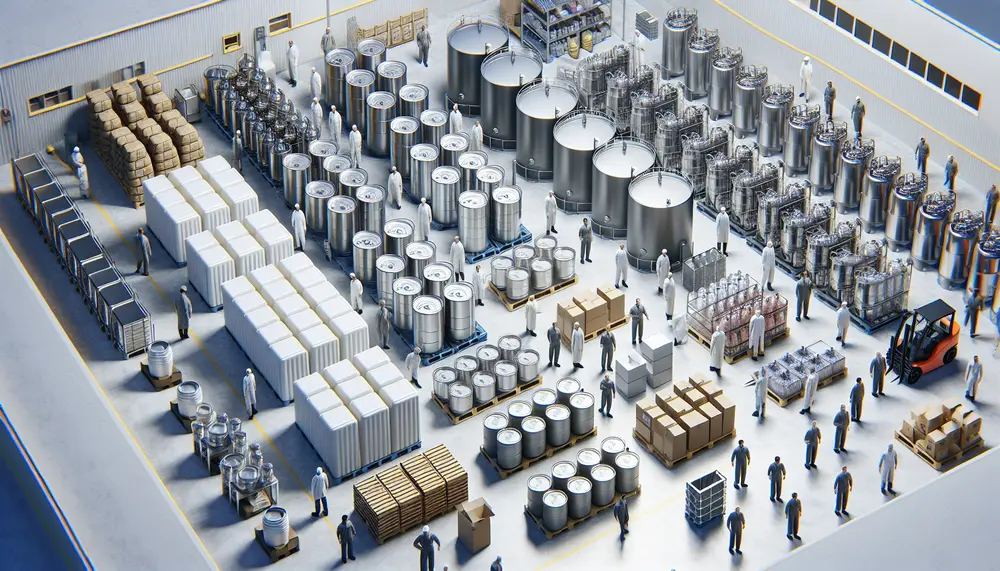High-density polyethylene
High-density polyethylene
High-Density Polyethylene (HDPE)
High-density polyethylene, often abbreviated as HDPE, is a type of plastic commonly used in packaging. It is known for its high strength-to-density ratio, making it a durable and versatile material.
Characteristics of High-Density Polyethylene
HDPE is a thermoplastic polymer made from petroleum. It is resistant to impact, moisture, and chemicals, which makes it ideal for packaging applications. Its lightweight nature also helps reduce shipping costs.
Common Uses in Packaging
HDPE is widely used to make bottles, containers, and plastic bags. For example, milk jugs, detergent bottles, and grocery bags are often made from high-density polyethylene. Its ability to be molded into various shapes and sizes makes it a popular choice in the packaging industry.
Environmental Impact
High-density polyethylene is recyclable, which helps reduce its environmental footprint. Many recycling programs accept HDPE products, allowing them to be reprocessed into new items. However, it is important to properly dispose of HDPE to ensure it is recycled.
Advantages of Using HDPE in Packaging
Using HDPE in packaging offers several benefits. It is cost-effective, durable, and versatile. Its resistance to chemicals and moisture makes it suitable for a wide range of products. Additionally, its recyclability supports sustainable packaging practices.
Blog Posts with the term: High-density polyethylene
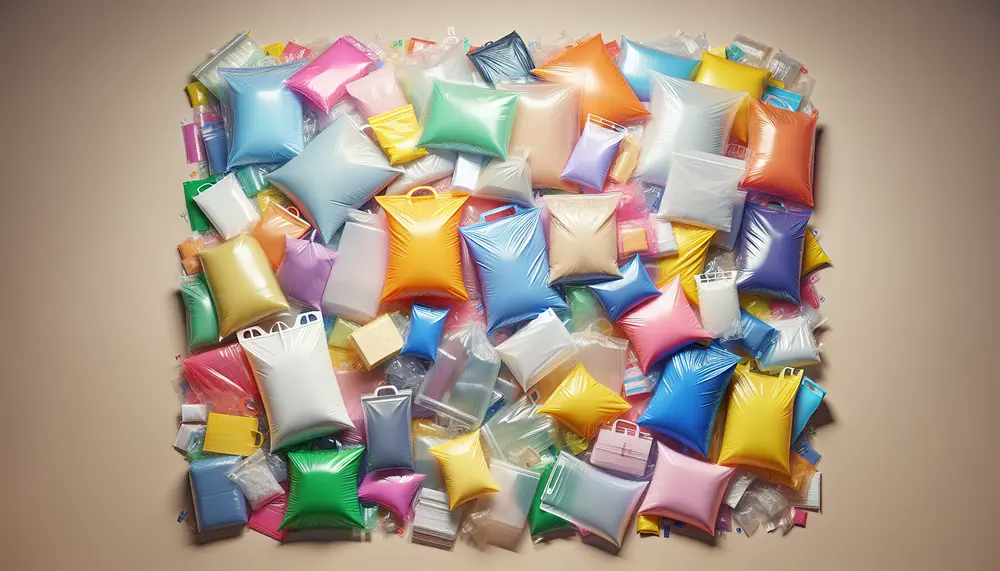
LDPE bags are versatile and durable packaging solutions made from Low-Density Polyethylene, suitable for a wide range of applications including food packaging, medical supplies, retail merchandise, industrial parts, and agricultural products. They offer benefits such as cost efficiency, protective qualities...

HDPE packaging is valued for its durability, lightweight nature, and resistance to environmental factors. It's versatile in shape and size customization, cost-effective during transport due to its light weight, and environmentally friendly as it's 100% recyclable. High-density polyethylene (HDPE) is a...
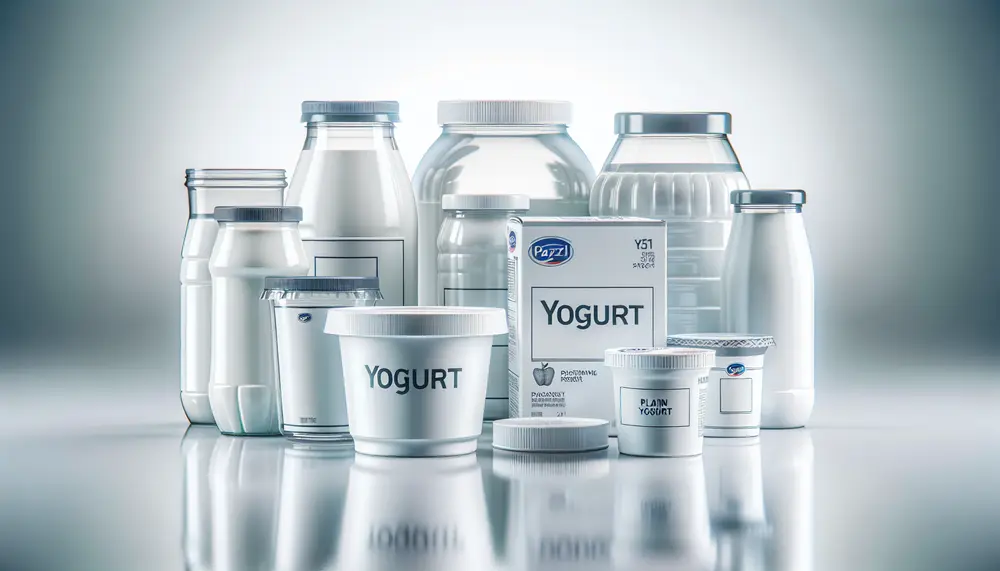
The article discusses the significance of yogurt packaging materials in preserving quality, extending shelf life, and marketing. It highlights various types of packaging like glass, plastic, composites, eco-friendly alternatives, and metal containers with their respective properties. Packaging choices for yogurt impact...
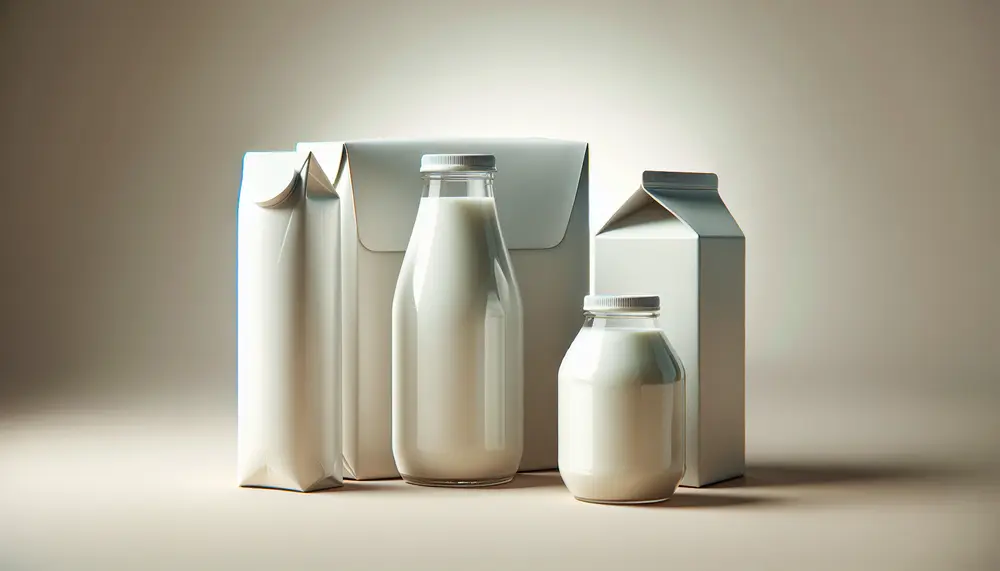
This article discusses the evolution and variety of milk packaging materials, highlighting their role in preserving milk's freshness, taste, and nutrition. It covers historical advancements from glass bottles to modern sustainable options, examining each material's benefits and drawbacks for consumers...
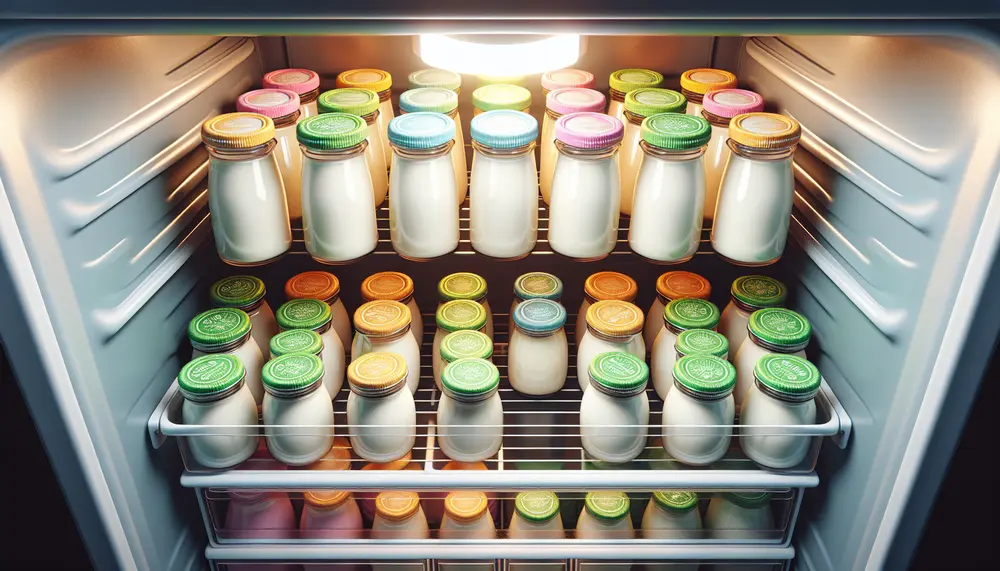
Yogurt packaging is essential for maintaining freshness, quality, and safety; it requires an effective barrier against oxygen and light, strength during transportation, regulatory compliance for food contact, and advanced sealing technology. Innovations in the market include smart features like freshness...

Flexible and soft packaging materials are cost-effective, protective solutions that bend to fit contents; they combine substrates like plastics for barrier protection and branding. The industry is shifting towards these lightweight, customizable options due to consumer convenience, sustainability benefits, and...

Packaging materials range from traditional paper and glass to modern bioplastics, each with unique properties affecting product safety, cost-effectiveness, and environmental impact. Selecting the right packaging is crucial for brand identity, customer satisfaction, and sustainability; factors like protection needs, branding...
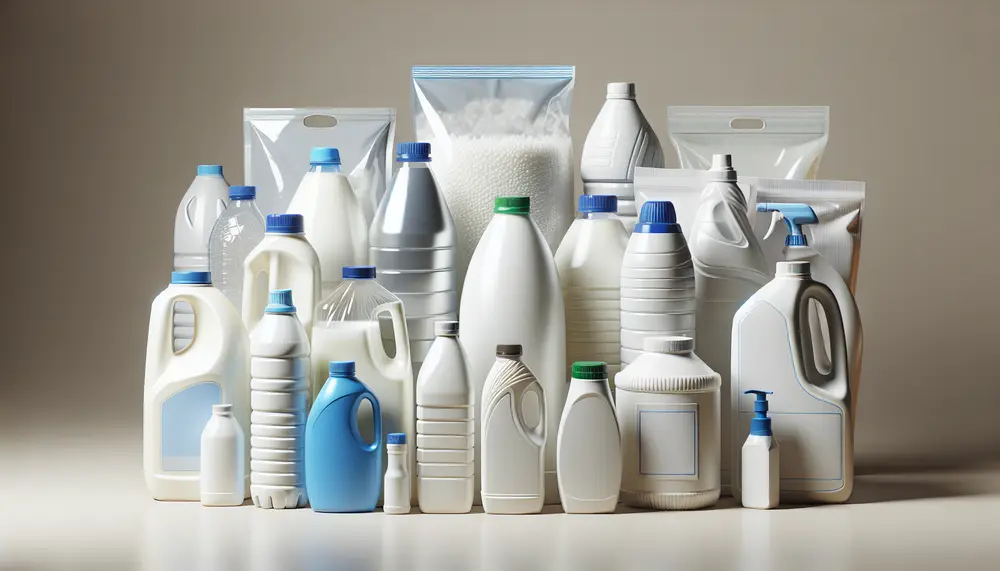
High-Density Polyethylene (HDPE) is a durable, versatile thermoplastic with a high strength-to-density ratio used in packaging, construction, and various other applications due to its resistance to impact and chemicals. HDPE's production involves polymerization of ethylene gas using different methods that...
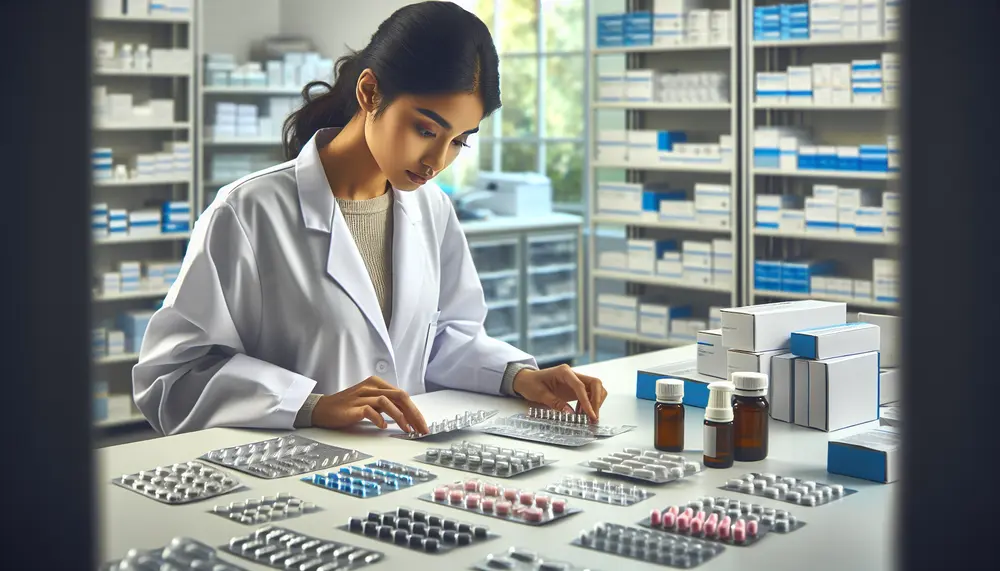
Pharmaceutical packaging defects can compromise product integrity, posing health risks and financial losses; common defects include uneven sealing surfaces, raised seams, excess bottom flash, uneven sides, foreign material presence, and incorrect material specifications. Identifying causes such as material quality issues,...
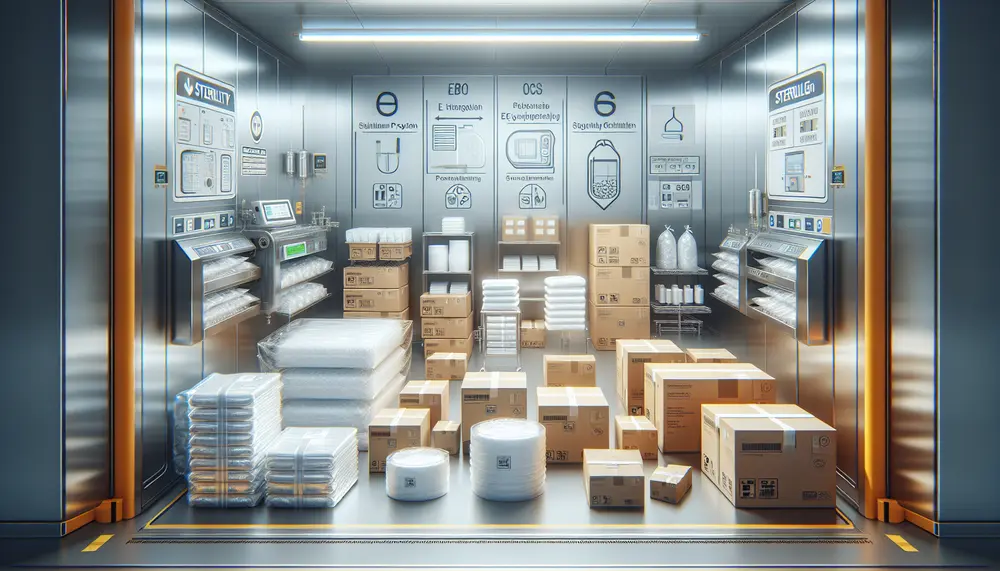
EO sterilization is a vital low-temperature method for medical devices, requiring packaging that allows gas penetration and maintains sterility. Packaging materials like PE, PP, polystyrene, nylon, PET, and multilayer laminates are compatible with EO but must be designed to ensure...
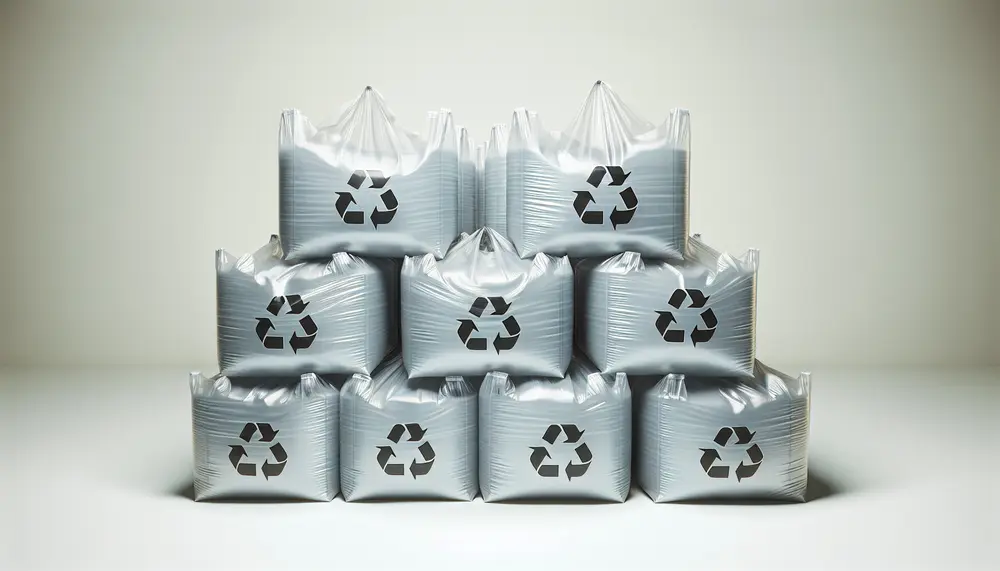
HDPE bags are known for their strength, flexibility, and eco-friendliness due to their robust molecular structure; they resist impacts, chemicals, moisture, and temperature variations while being recyclable. Their durability allows multiple uses and secure transportation of goods with less environmental...
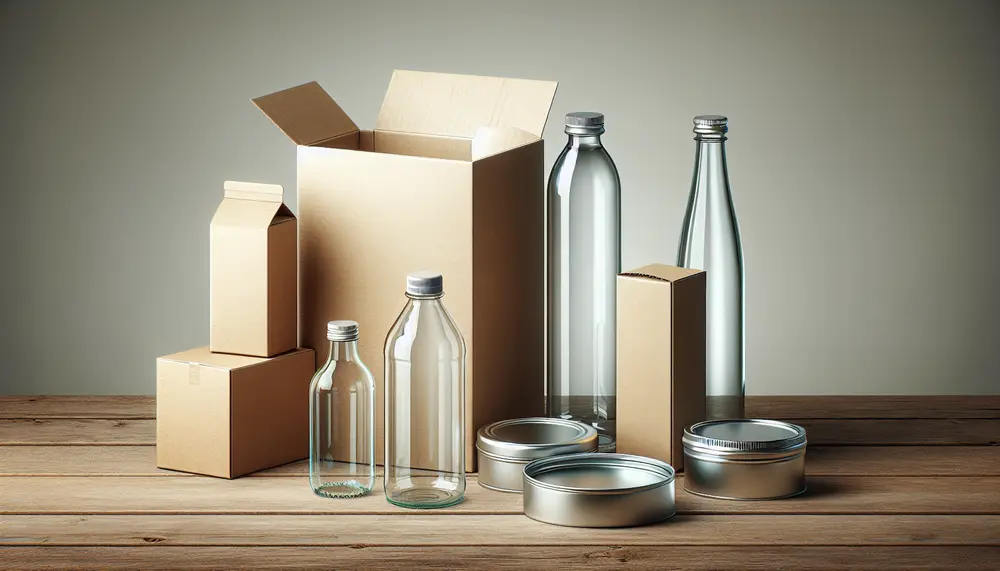
Packaging materials are crucial for product protection, branding, and environmental impact; choosing the right type depends on various factors including the product's nature and consumer trends. Paper-based options like corrugated cardboard and SBS paperboard offer sustainable choices with different balances...
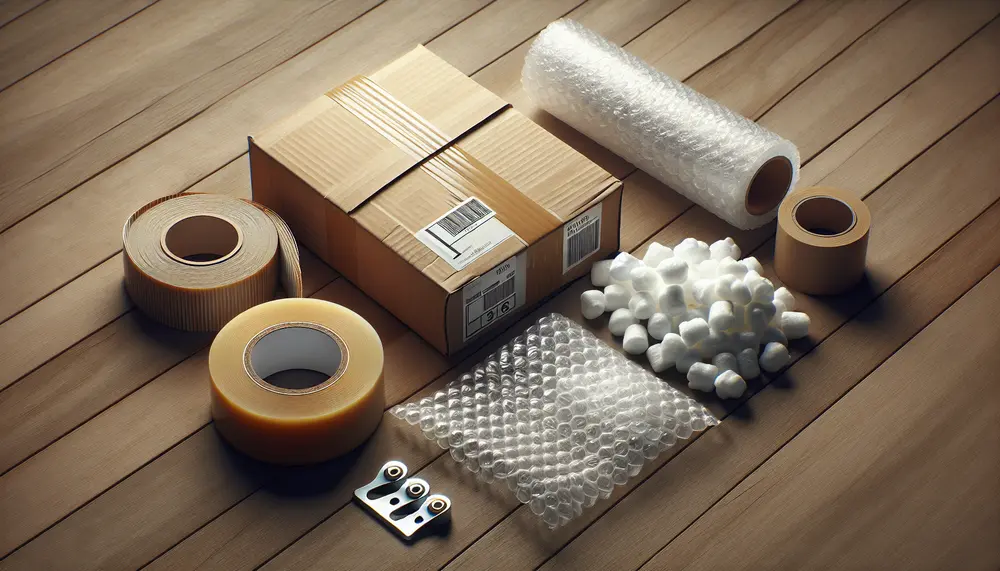
Packaging materials are essential for product protection, information dissemination, and marketing; material selection is based on factors like durability and sustainability. Plastic packaging offers versatility but faces environmental concerns, glass provides purity and recyclability, metal ensures strength and long-term preservation...
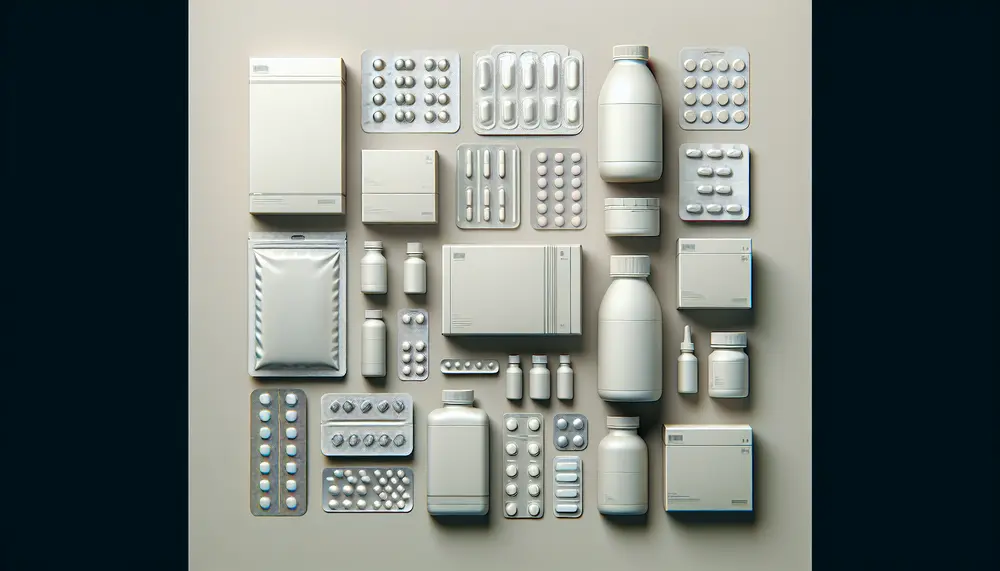
Tablet packaging materials are essential for protecting medication from contamination and damage, with properties tailored to the pharmaceutical product's needs. Secure tablet packaging is vital in maintaining drug potency, ensuring patient safety through tamper evidence, preventing misuse or accidental ingestion,...

